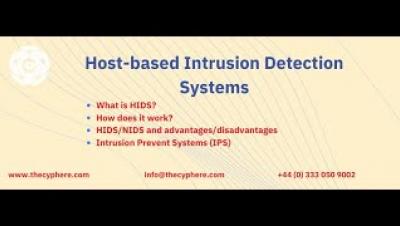Introducing AT&T USM Anywhere Advisors
As environments evolve and cybercriminals become more sophisticated, threat detection and response is becoming increasingly complex. While some organizations are turning to a fully managed detection and response solution, many others with established internal security teams are looking for additional support and expert guidance, while still keeping their program in-house. Our new service, AT&T USM Anywhere Advisors, is the middle-ground solution customers are looking for.











